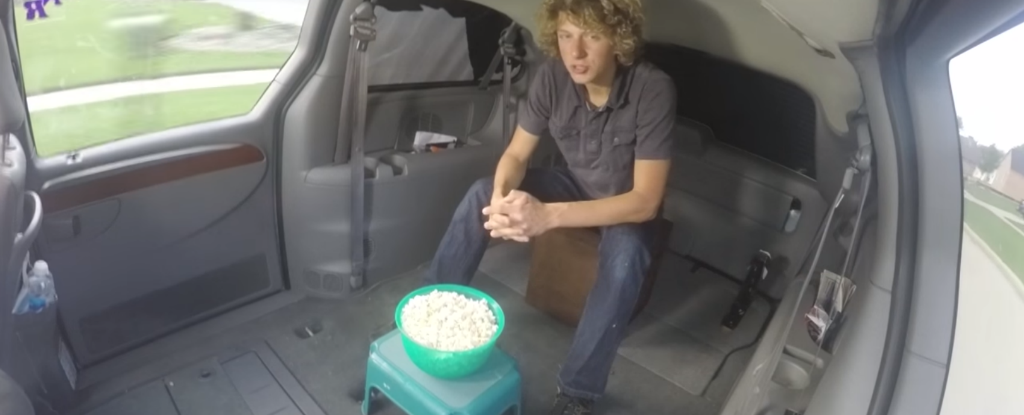The Eighteen-year-old student
Ryan Chester won US$400,000 back in 2015 for this video explaining Einstein's
Special Theory of Relativity, as part of the inaugural Breakthrough Junior
Challenge - an international competition that aims to inspire the next
generation of scientists and science communicators. And it's not hard to see
why.
If you heard the words,
"Einstein's Special Theory of--" and tuned out because it's all too
hard, we have a feeling Ryan will change your mind. The Special Theory of Relativity, which
Einstein published in 1905, is made up of two postulates:
1. The Principle of
Relativity: This states that the laws of physics are the same in all inertial
reference frames. Put another way, places that are moving at constant speeds
relative to each other are governed by the exact same laws of physics, whether
they're moving at 10 or 10 million km/h.
Or, as Clinton Nguyen puts
it over at Motherboard, "Why faster-moving objects seem to age slower from
a slower observer's point-of-view."
Chester tackles the first
postulate using a chair, a box, and a huge bowl of popcorn. He shows that when
he sets everything up in his backyard and sits himself down in front of the
popcorn, nothing happens. Earth might be spinning at about 1,675 kilometres per
hour (1,040 mph), but so are both Ryan and the bowl of popcorn, so it appears
as if everything is staying still.
In the video, Ryan explains
how that proves the first postulate of the Special Theory of Relativity. But
what about the second postulate?
First, the video gives us
some background into the concept of the ether - a hypothetical medium proposed
in the 1800s through which light waves travel. It was thought that because
sound waves need a medium to travel through, so too does light.
Of course, Einstein managed
to prove that this ether doesn't actually exist, and went on to prove that
light waves in a vacuum will have the same value c, regardless of the speed of
the source of the light. I'll let Ryan explain the very complicated but amazing
relationship between the speed of light and time dilation to you in his awesome
video above, but all I can say is prepare to feel very, very smart when this is
all over.
For his efforts, Ryan's
earned a scholarship of between US$400,000 and $250,000, with $50,000 going to
his teacher, and $100,000 to his school, so they could build a new science lab.
He managed to top 2,000 other applicants and 15 finalists to snag the prize.
What an absolute hero. We
have a feeling this isn't the last we're going to see of Ryan Chester and his
amazing talent at communicating science, and that just made our day.
Source






AWESOME!!! He's really bright!!!
ReplyDelete